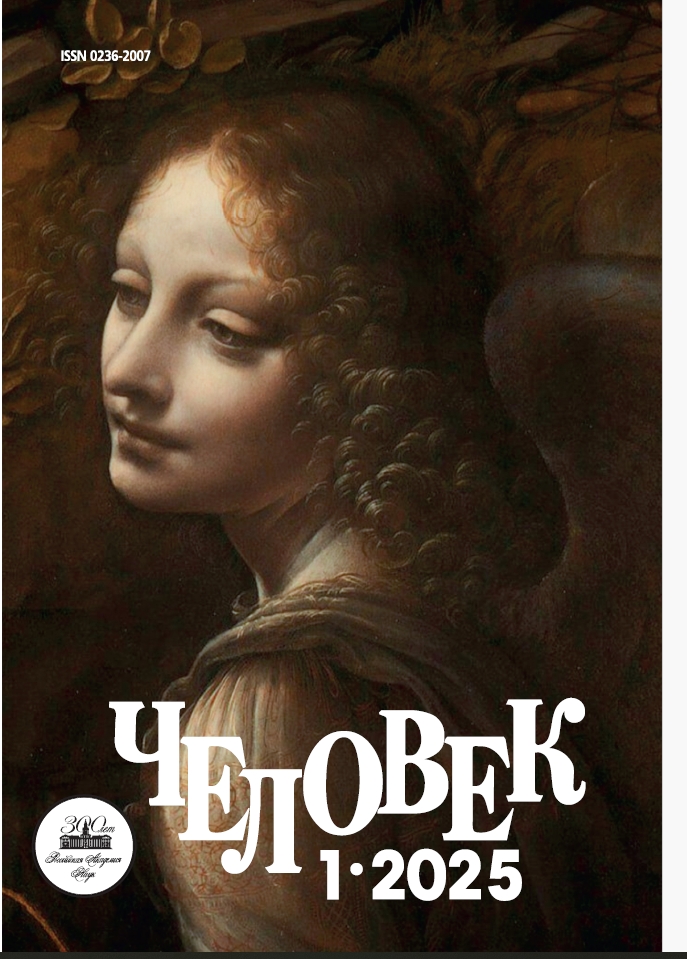Tropology of Nostalgia and Mediatization of Historical Imagination at the Turn of the 20th–21st Centuries
DOI:
https://doi.org/10.31857/S0236200725010096Keywords:
nostalgia, mediatization, cultural studies, tropology, historical imagination, critical thinkingAbstract
The article examines three forms of nostalgia operating at the discursive level as tropes of metaphor, metonymy and allegory. The growth of metonymy and the decline of allegory, as well as the metaphorical reading of nostalgia, in the popular culture of the 2000s. indicate significant shifts in the historical imagination and public understanding of the past. The reasons for these processes are connected not so much with the conservative turn in public opinion in various countries, but with the general problem of mediatization, which relies on the widest possible audience of popular culture. Critical thinking is not in demand because it offers a “strong” theoretical program and requires significant cognitive effort. Nostalgia as a metonymy offers pleasure from spectacle and raising the status of viewers to “experts” solely through the recognition of visual images. It is concluded that allegory and metaphor will be in wide demand only if they find forms and strategies for interpreting film images that are more understandable to different parts of the audience. Contemporary popular culture reassembles the historical imagination, focusing on those social functions and practices that make the past “useful” to the audience—allowing them to mitigate the growing contradictions in the present and predict the future.






